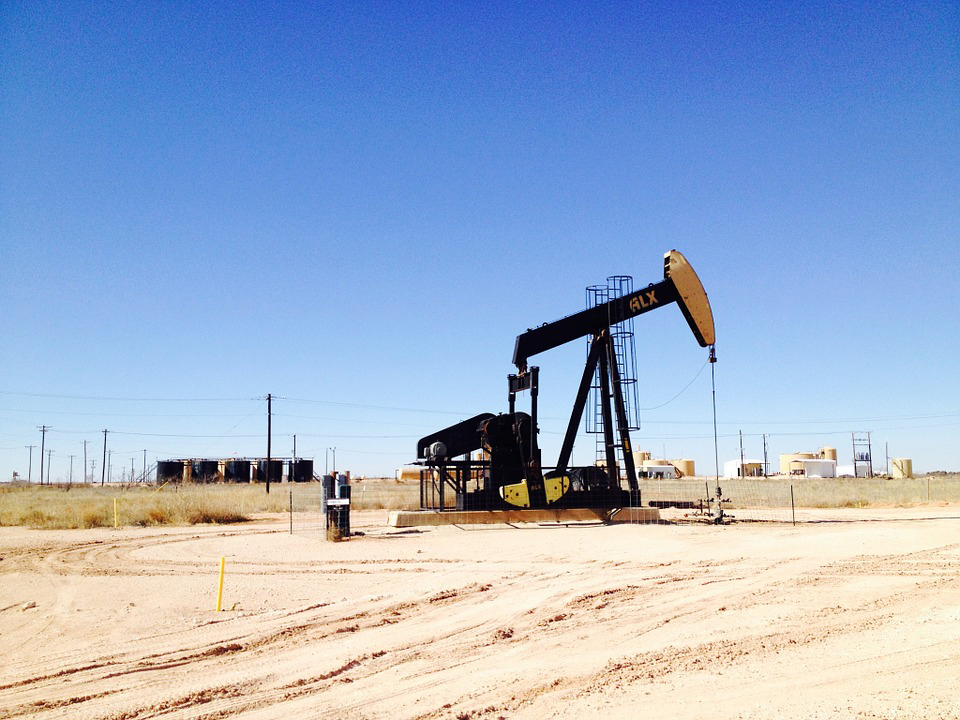
Wikimedia
Increased rates of sexually transmitted infections in Texas are associated with high levels of shale drilling activity, according to findings in a recent Yale study.
In early January, researchers at the School of Public Health published a study on the reported rates of STIs and the number of active shale wells in Texas, North Dakota and Colorado. Investigators found increased rates of chlamydia and gonorrhea in Texas counties during years of high drilling activity. Still, the study shows no statistically significant relationship between the prevalence of STIs and drilling in North Dakota or Colorado. This was the first multi-state, multi-region analysis of shale drilling activity and STI rates in the United States.
“Previous studies have examined the relationship between shale drilling activity and rates of gonorrhea, chlamydia and syphilis in counties throughout the eastern [United States]. Our intent was to assess whether this phenomenon could be observed in other geographies,” said lead author Nicholaus Johnson SPH ’19. “I think this [is] important because [it] demonstrates the often unexpected ways in which resource extractive processes can impact human health.”
As the leading global producer of crude oil and natural gas, the United States is home to many specialized workers that often migrate across state lines to meet the demands of fracking companies installing new drilling rigs. The temporary workcamps house a labor force that is 80 percent male and, according to the study, serve as cradles for “masculinized culture,” hot spots for sex workers and breeding grounds for STIs.
The research, an interdisciplinary effort supervised by environmental epidemiologist Nicole Deziel, also involved the work of infectious disease epidemiologist Linda Niccolai and biostatistician Joshua Warren. These experts sought to look beyond the local job market boom created by the emergence of fracking communities, instead examining the negative impacts of drilling on the health of the host community.
Researchers analyzed data provided by the Centers for Disease Control on STIs in the three states. The authors obtained information on the number of active shale wells from the online database Enverus. Counties with high rates of shale drilling activity were classified as those with 50 operational hydraulic fracking wells. Data spanned the time frame from 2006 to 2016, to provide a comparison of STI rates before and after the start of drilling activity in the areas of interest. The analysis showed increased rates of chlamydia as high as 10 percent and increased rates of gonorrhea as high as 15 percent in Texas counties during years of high drilling activity, with no notable difference in STI rates associated with drilling in North Dakota or Colorado counties.
Deziel speculated that the incongruous findings between the three states “may reflect the higher level of [Texas] drilling activity and a greater number of densely populated metropolitan areas compared to other regions.”
These urban pockets might serve as epicenters for the transmission of STIs, where nonlocal workers commuting through these areas contract illnesses and spread these infections to the communities where they are employed at drilling sites. Johnson also described his surprise at the interregional differences.
“This highlights that more research needs to be conducted to assess these differences, which should in turn shed light on the underlying mechanisms at play,” Johnson said.
The findings of the study serve as a cautionary tale to regions with a large number of metropolitan areas and rates of high shale drilling activity. Although chlamydia and gonorrhea are treatable STIs, individuals may be asymptomatic for chlamydia and spread the disease unknowingly. Additionally, recent years have seen a rise in antibiotic resistant strains of gonorrhea. The health costs associated with these infections and the long-term repercussions, such as negative effects on fertility for untreated strains, could pose a serious threat to the health of communities in fracking boomtowns.
Deziel’s team continues to explore the ecological and community health impacts of unconventional oil and gas development. The group has now expanded research to include examinations of the impact of shale gas drilling in Pennsylvania and Ohio on drinking-water quality, preterm births, childhood cancers and other human health outcomes.
According to health data released by the UnitedHealth Group, chlamydia cases rose by 28 percent in Connecticut in 2019.
Sydney Gray | sydney.gray@yale.edu







